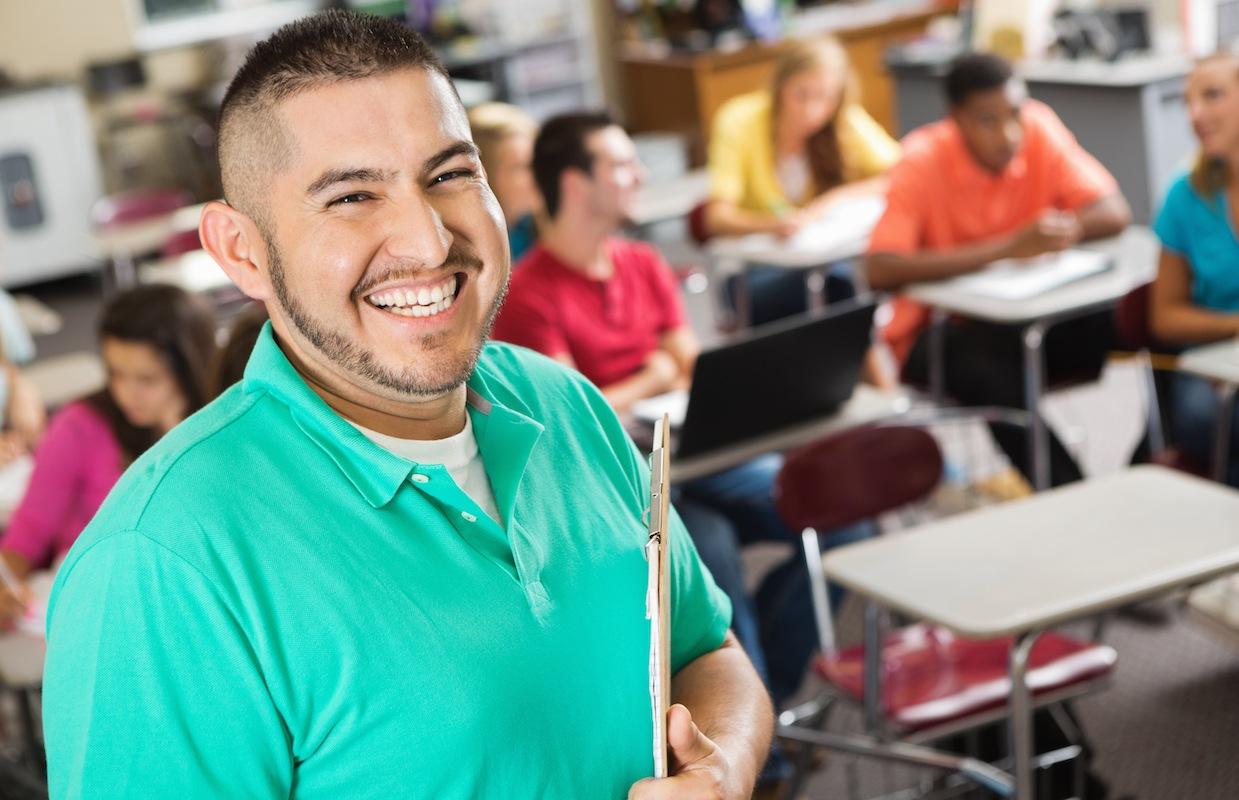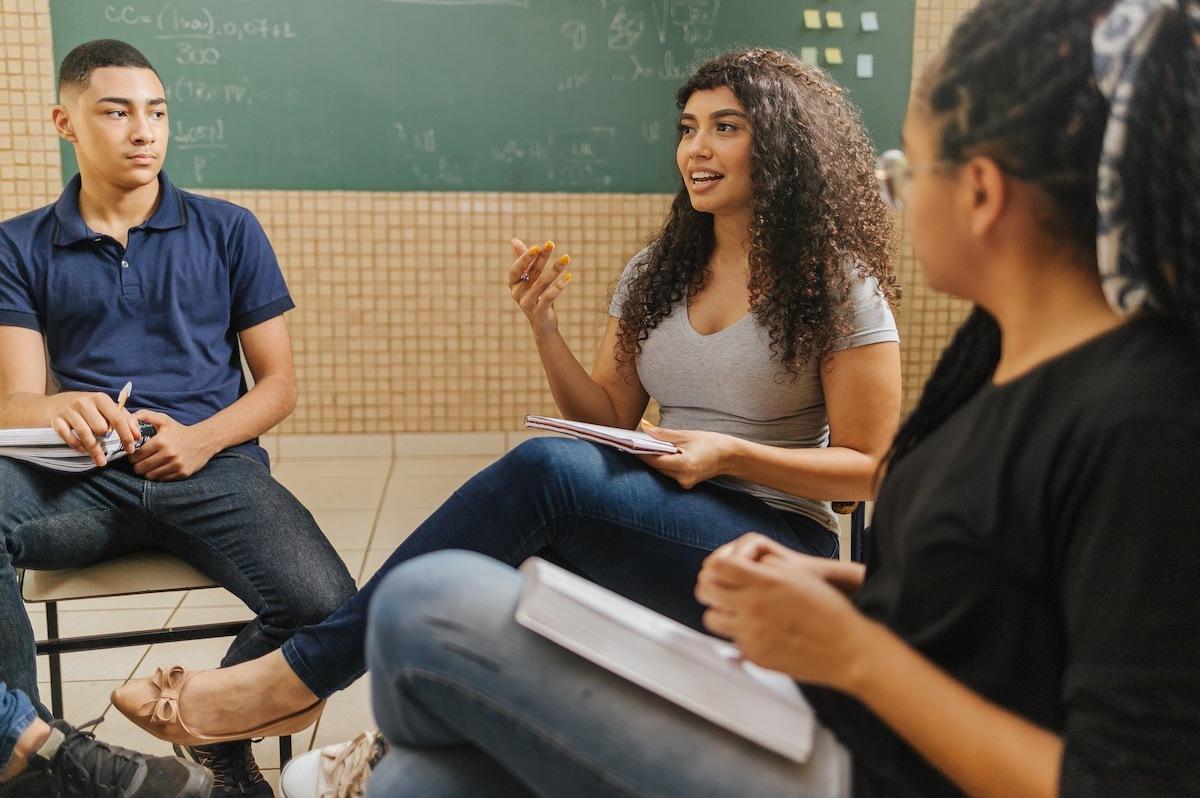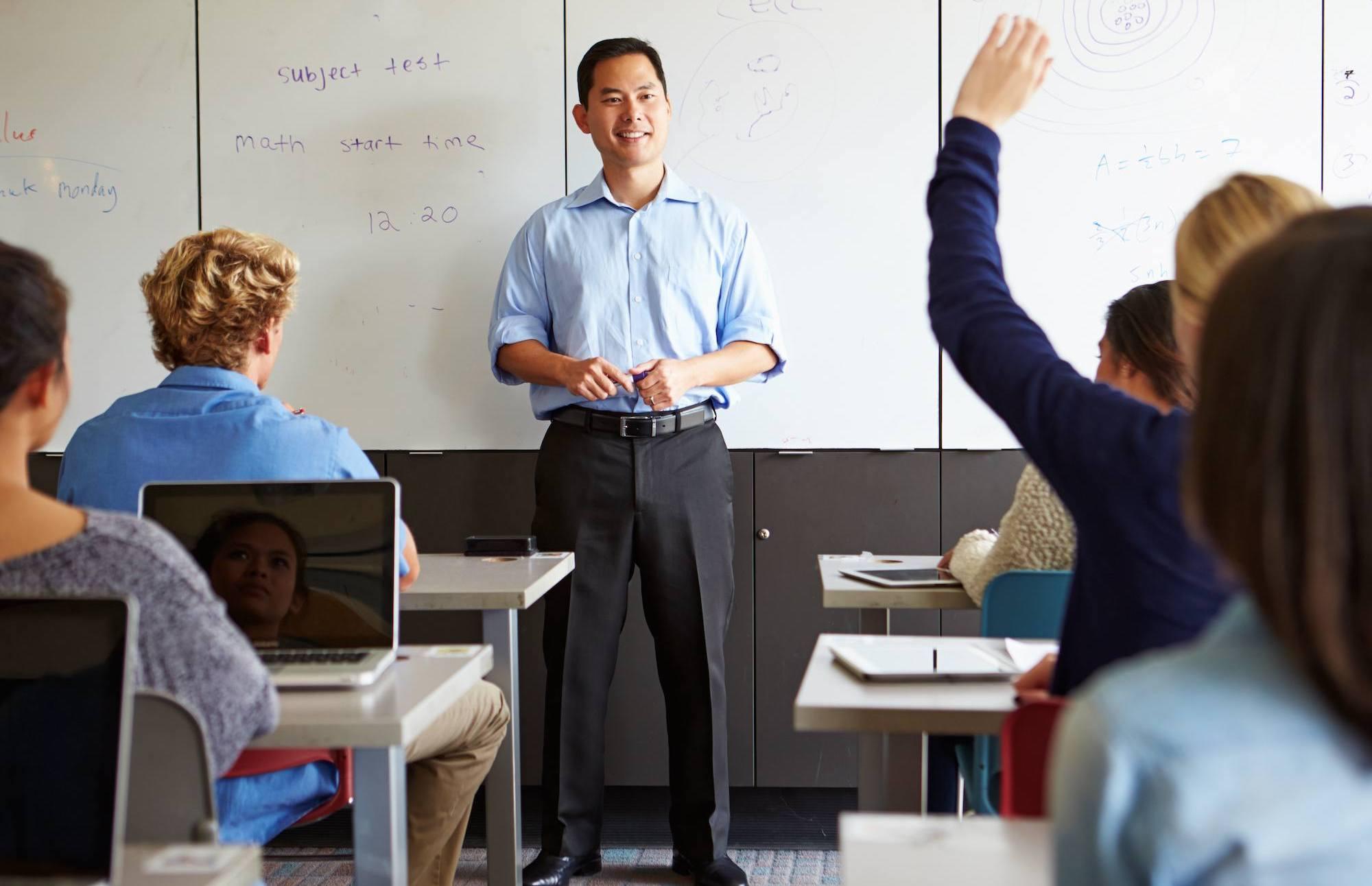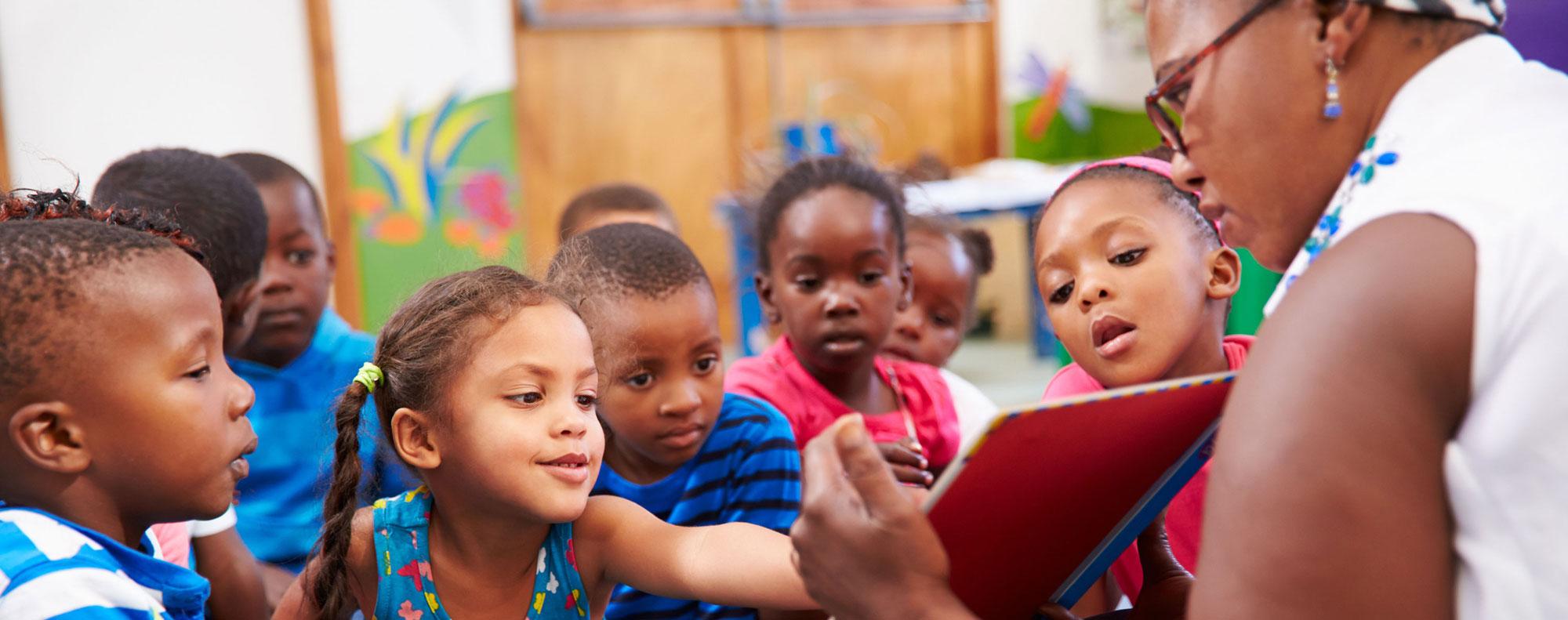
Teachers are on the front lines, addressing the challenges of our education system head-on. They’re people like you, who want to lead, inspire and invest in a better future for all.
As a teacher, you’ll awaken curiosities, solve problems and build powerful relationships with students and colleagues. In short, you’ll change lives and communities.
Teaching isn’t always easy, but the problems are solvable — and the rewards are unparalleled.
Keep reading to learn more about some of the challenges we face, and how teachers make an impact.

“I have had extraordinary mentors, like my high school debate coach, Fran Berger … She invested fully in me, including taking me to Harvard—the first I’d ever really thought of it—to enter a speech competition. Mrs. Berger believed in me, and, in turn, I believed in myself.”
— Supreme Court Justice Ketanji Brown Jackson (5)

Research consistently shows that teachers are the most important factor in students’ future success. (6) And while we often hear about standardized test scores, tests are just one measure of educational opportunity.
In fact, teachers who help build students’ noncognitive skills — meaning things like self-regulation, adaptability and motivation — see bigger gains in students’ grades, attendance and graduation rates than teachers who focus solely on standardized test scores. (7)
As an educator, you can shape students’ lives beyond the tests. And that opens up brighter opportunities for their futures.

Ready to start your journey? Start learning what to expect from the career, and how to decide if teaching is right for you.

Teaching is the profession of possibility. As an educator, you’ll make a real impact on people’s lives — and the future.